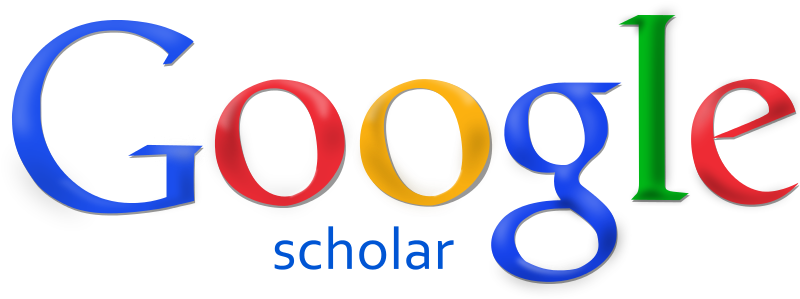Sanghyang Dedari Dance as a Painting Creation Idea
DOI:
https://doi.org/10.59997/citakara.v2i2.1849Keywords:
Sanghyang Dedari, Painting, Unique, Sacred.Abstract
Balinese dance is a variety of dances originating from the island of Bali. Balinese dance does not always depend on the storyline. The main goal of Balinese dancers is to dance each stage of movement and sequence with full expression. Sang Hyang Dedari dance is a Balinese dance that is used as a religious tool. Balinese people still believe that when girls aged 9-12 years dance this dance, they will be possessed by the holy spirit of an angel. Usually, the Sang Hyang Dedari Dance is played or danced before the rice harvest around April to resist disease outbreaks, and this dance has been designated as an endangered cultural heritage. By taking the theme of Sanghyang Dedari Dance, it is hoped that it can represent ideas in the creation of painting. The writer's interest in this dance is because this dance is very sacred and unique because starting from the headdress and the clothes used are very simple, and the flowers used are also colorful and easy to get and so that the younger generation in particular to know and preserve Balinese culture, that in some areas still do this tradition. At the visualization stage, the author emphasizes the decorative flow. In addition, it also uses the method of creation, namely Exploration, Improvisation, Formation, and Final Completion. And through these stages, 6 works were created entitled: 1) "Sanghyang Dedari Dance", 2) "Ngukup", 3) "Dancer Possessed by Sanghyang Dedari", 4) "Sanghyang Dedari Dancer", 5) "Aci Bethara Sri", 6 )"Rolling". In the end, a work was created which was appointed to the title "Sanghyang Dedari Dance as an Idea for Painting Creation". The author hopes that the Balinese people are more familiar with the Sanghyang Dedari Dance.
References
Rujukan Informan
Likub, I Nengah. (2022), Jero Penglingsir Geriana Kauh, Penjelasan Mengenai Arti Dalam Lukisan-lukisan.
Rujukan Informan Tempat
Museum Sanghyang Dedari Giri Amertha, Data-data Mengenai Tinjauan Sumber Konsep Penciptaan.
Rujukan Internet
(2017), Beritabali.com : Warisan Budaya yang Hampir Punah, https://www.beritabali.com/read/Pementasan-Tari-Sanghyang-Dedari-dan-Sanghyang-Jaran-Gading-yang-Hampir-Punah, Diakses pada 17 Juli 2022.
(2019), nawabali.id : Museum Sanghyang Dedari Giri Amertha , https://nawabali.id/museum-tari-sang-hyang-dedari-hadir-di-bali/, Diakses pada 17 Juli 2022.
(2019), nusabali.com : Fungsi Tarian Sanghyang Dedari untuk Menolak Bala atau Penyakit, https://www.nusabali.com/berita/52054/tradisi-purba-bangkit-di-era-kekinian, Diakses pada 17 Juli 2022.
(2020), Kompas.com : Seni Rupa Murni Adalah Yang Tercipta Bebas dan Beserta Contoh Karya Seni Rupa Murni , https://www.kompas.com/skola/read/2020/08/27/061500169/cara-membedakan-karya-seni-rupa-murni-dan-seni-rupa, Diakses pada 15 Juli 2022.
(2022), Wikipedia : Tari Bali Adalah Beragam Tarian yang Berasal Dari Pulau Bali, https://id.wikipedia.org/wiki/Tari_Bali, Diakses pada 16 Juli 2022.
Rachmawati, Dinda. (2017), Suara.com : Menjelang Panen Sekitar Bulan April , https://www.suara.com/lifestyle/2017/05/15/111643/sang-hyang-dedari-ritual-sakral-masyarakat-bali-jelang-panen, Diakses pada 17 Juli 2022.










